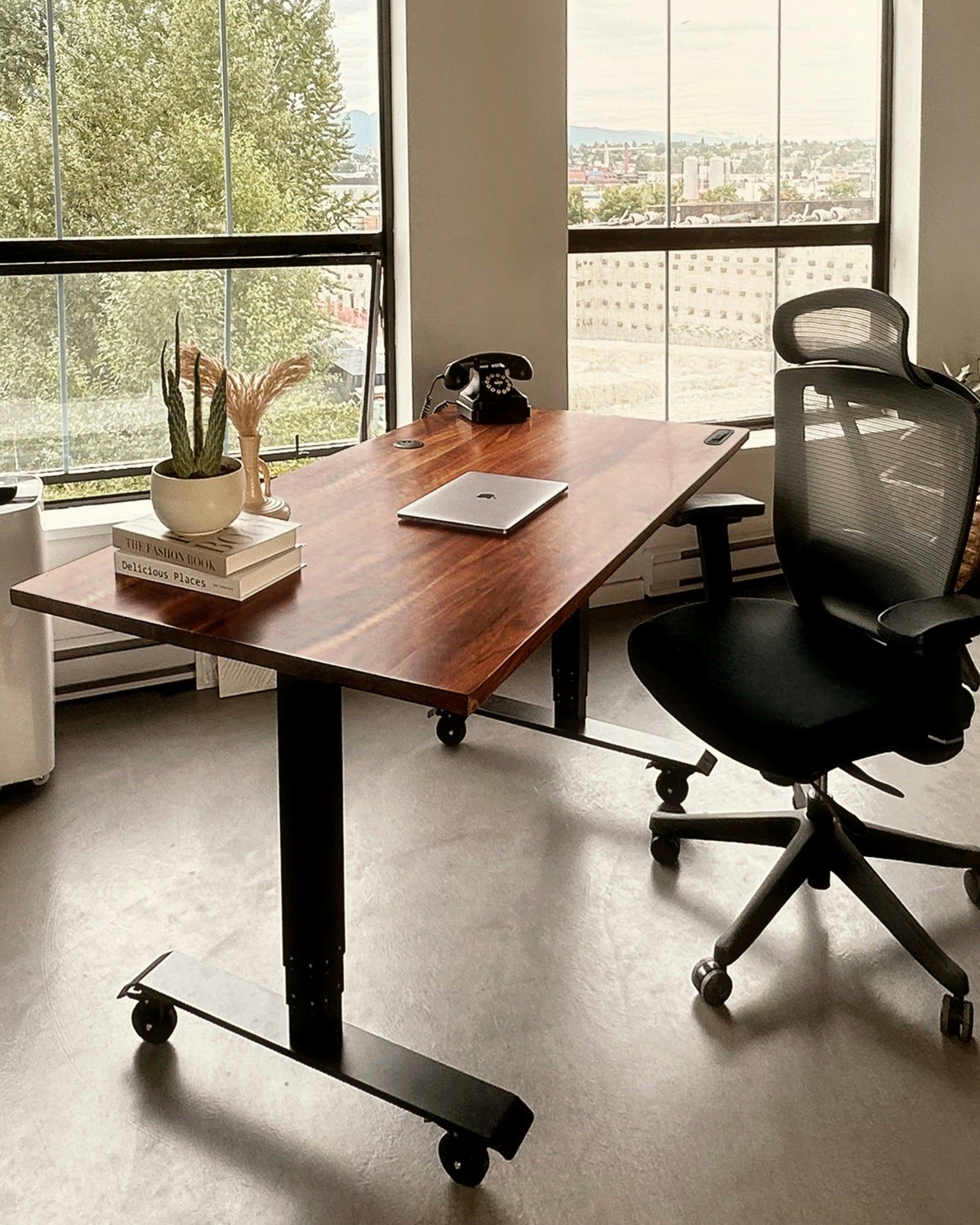Ergonomic Risk Assessment (ERA) in Malaysia
Create a Safer, Healthier, and More Productive Workplace
Poor ergonomic design can lead to musculoskeletal disorders (MSDs), fatigue, and long-term injury — impacting both employee well-being and company productivity.
At KLS Academy PLT, we provide Ergonomic Risk Assessment (ERA) services based on the official DOSH Guidelines on Ergonomics Risk Assessment at Workplace (2017).
Our assessments help organizations identify, evaluate, and control ergonomic risk factors — ensuring compliance with Occupational Safety and Health (OSH) requirements and alignment with ISO 45001:2018.
What Is an Ergonomic Risk Assessment (ERA)?
An Ergonomic Risk Assessment (ERA) is a systematic evaluation of work activities to identify ergonomic risk factors that may cause musculoskeletal disorders (MSDs) or other health effects due to poor posture, repetitive motion, excessive force, or improper workplace design.
According to DOSH’s Guidelines on Ergonomics Risk Assessment at Workplace (2017), ERA aims to:
- Identify tasks that pose ergonomic risks,
- Evaluate the level of risk using structured assessment tools, and
- Recommend effective control measures to eliminate or reduce those risks.

Why It’s Important
- Required under the Occupational Safety and Health Act 1994 (Act 514) to ensure a safe system of work
- Prevents musculoskeletal disorders (MSDs) and fatigue
- Improves productivity, morale, and work quality
- Supports ISO 45001:2018 implementation and HIRARC documentation
- Demonstrates proactive OSH compliance during DOSH inspections
Our 5-Step Assessment Process
-

Preliminary Discussion & Scope Definition
Identify job tasks, departments, and physical activities to be assessed.
-

Workplace Observation
Observe workers’ postures, movements, and tools in real work conditions.
-

Data Collection & Assessment
Use recognized ergonomic assessment tools such as REBA (Rapid Entire Body Assessment), RULA (Rapid Upper Limb Assessment), Manual Handling Assessment Charts (MAC), etc.
-

Risk Rating & Analysis
Evaluate posture, repetition, force, and duration to determine ergonomic risk level (low, medium, or high).
-

Report & Recommendations
Provide a detailed report with control measures such as redesign, workstation adjustment, rotation, or administrative controls.
Frequently Asked Questions (FAQ)
Is ERA mandatory for all workplaces?
While not explicitly a stand-alone regulation, ERA is part of an employer’s duty under the Occupational Safety and Health Act 1994 (Act 514) to assess and control all workplace hazards, including ergonomic risks.
How often should ERA be conducted?
It’s recommended to conduct ERA every 3–5 years, or sooner if there are changes in processes, tools, workstations, or reports of discomfort/injury.
Who should carry out an ERA?
ERA should be performed by a competent person trained in ergonomic risk assessment methods as recognized by DOSH.
What happens after the ERA?
You’ll receive a report detailing findings, risk ratings, and practical control measures such as workstation redesign, job rotation, or equipment improvement.
Get Started Today
Empower your workforce and demonstrate your commitment to occupational safety.
Our team can help you conduct a DOSH-compliant Ergonomic Risk Assessment (ERA) and integrate the results into your OSH management system.
Request a Quotation or contact us to discuss your workplace needs.





